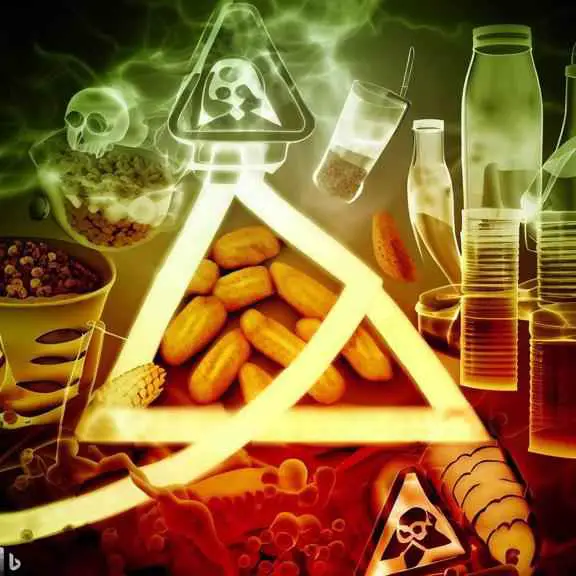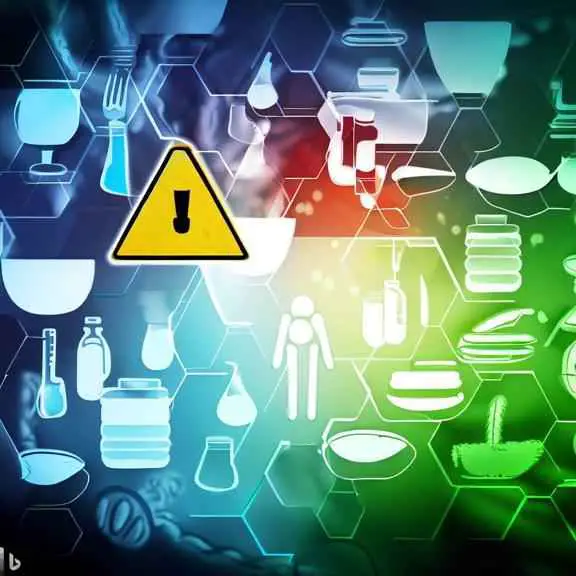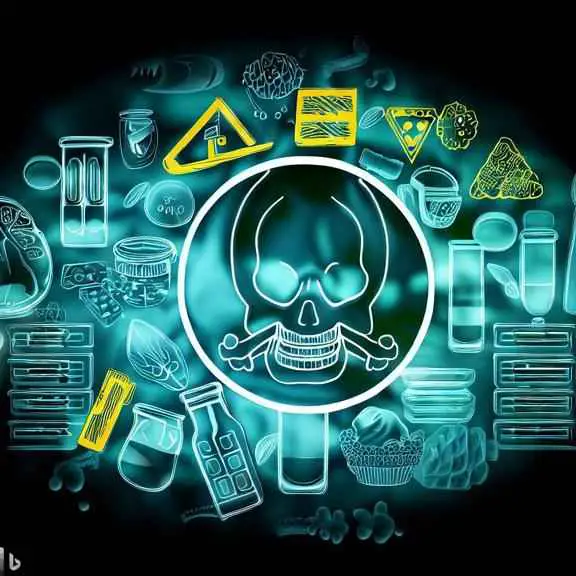Paragraph on
Food Adulteration
for all Class, Words
by Food on
Food adulteration refers to the practice of adding inferior quality or harmful substances to food items to increase their quantity or make…, please continue reading.

Table of Content
Ad
The Paragraph on Food Adulteration
Ad
Food adulteration refers to the practice of adding inferior quality or harmful substances to food items to increase their quantity or make them appear more attractive. This is a growing problem across the globe, especially in developing countries where food laws are not strictly enforced. Some common examples of food adulteration include adding water to milk, adding chemicals to fruits and vegetables to give them an artificial shine, and adding synthetic colors and flavors to packaged foods.
The consequences of food adulteration can be severe, both for public health and the economy. Consumption of adulterated food can lead to a range of diseases, including food poisoning, liver damage, and cancer. In addition, food adulteration can damage the reputation of the food industry and harm consumer confidence, leading to a decline in sales and revenue.
To combat food adulteration, there are several measures that can be taken. These include enforcing stricter food safety regulations, increasing public awareness about the risks of adulterated food, and investing in food testing facilities to ensure that food products meet quality standards. Consumers can also play a role by being vigilant about the quality of food products they purchase and reporting any suspicious activities to the authorities.
In conclusion, food adulteration is a growing problem that requires urgent attention from all stakeholders. By working together, we can ensure that we have access to safe and high-quality food products.

Questions about Food Adulteration
Ad
Questions and Answers:
- What is food adulteration?
- It refers to the practice of adding inferior quality or harmful substances to food items to increase their quantity or make them appear more attractive.
- Is food adulteration a growing problem across the globe?
- Yes, it is especially in developing countries where food laws are not strictly enforced.
- What are examples of food adulteration?
- Adding water to milk, adding chemicals to fruits and vegetables to give them an artificial shine, and adding synthetic colors and flavors to packaged foods.
- What are the consequences of food adulteration?
- Adulterated food can lead to a range of diseases, including food poisoning, liver damage, and cancer. In addition, it can damage the reputation of the food industry, harm consumer confidence, and lead to a decline in sales and revenue.
- What measures can be taken to combat food adulteration?
- Enforcing stricter food safety regulations, increasing public awareness about the risks of adulterated food, investing in food testing facilities to ensure that food products meet quality standards, and being vigilant about the quality of food products purchased.
- Who can play a role in combating food adulteration?
- All stakeholders, including the government, food industry, and consumers.
- How can consumers help combat food adulteration?
- By being vigilant about the quality of food products they purchase and reporting any suspicious activities to the authorities.
- What are the risks of consuming adulterated food?
- Adulterated food can lead to a range of diseases, including food poisoning, liver damage, and cancer.
- Can food adulteration harm the food industry?
- Yes, it can damage the reputation of the food industry and harm consumer confidence, leading to a decline in sales and revenue.
- Why is it important to combat food adulteration?
- It is important because it ensures that we have access to safe and high-quality food products.

Vocabulary related to Food Adulteration
Ad
Vocabulary words:
- Adulteration - the process of adding inferior quality or harmful substances to food items
- Inferior - low in quality or value
- Harmful - causing or likely to cause harm or injury
- Enforce - to make sure a law or rule is followed
- Vigilant - being watchful and alert
- Synthetic - made by chemical synthesis, rather than occurring naturally
- Quality - the standard of excellence or fitness
- Reputation - the beliefs or opinions that are generally held about someone or something
- Confidence - the feeling or belief that one can rely on or trust someone or something
- Decline - a gradual and continuous loss of strength, numbers, or importance

Structure of the sample "Food Adulteration" paragraph
Ad
Cohesion and Coherence:
The paragraph on food adulteration is well-organized and coherent. Each sentence and idea follows logically from the previous one, and the use of transitional phrases such as “to combat,” “in addition,” and “in conclusion” helps to connect the ideas and create a smooth flow of information. The use of topic sentences in each paragraph helps to introduce the main idea of that section and provide a clear signpost for the reader. Additionally, the paragraph uses clear and concise language, making it easy for the reader to understand and follow the argument.
